Builders Waste Clearance in White Goods Recycle
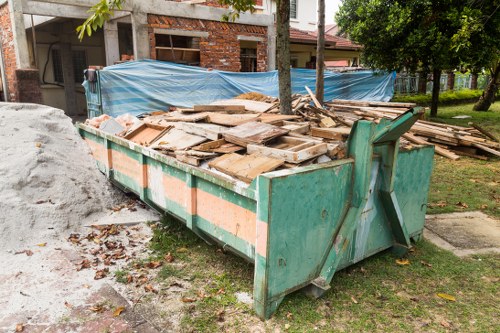
The Importance of Builders Waste Clearance
Effective builders waste clearance is essential for maintaining a clean and safe construction site. Proper disposal of waste not only ensures compliance with environmental regulations but also promotes sustainability within the industry.
With the increasing focus on sustainable practices, recycling white goods has become a critical component of waste management strategies. White goods, such as refrigerators, washing machines, and ovens, contain recyclable materials that can significantly reduce the environmental footprint of construction projects.
Implementing efficient waste clearance processes can lead to cost savings, as recycling often incurs lower disposal fees compared to landfill dumping. Additionally, reusing materials contributes to the circular economy, where resources are continuously repurposed, minimizing waste generation.
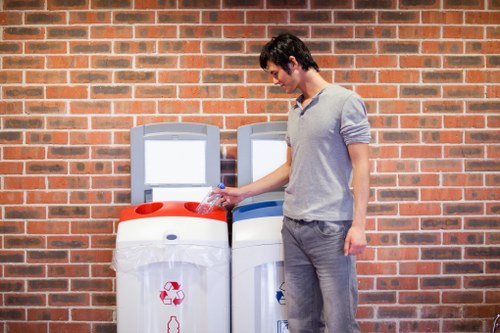
Types of Builders Waste
Builders waste encompasses a wide range of materials generated during construction and renovation projects. Common types include:
- Concrete and masonry debris
- Wood scraps and pallets
- Metals such as steel and aluminum
- Plastics and packaging materials
- White goods like refrigerators and washing machines
Each type of waste requires specific handling and recycling methods to ensure effective disposal. Proper segregation at the source facilitates the recycling process, making it easier to manage different materials efficiently.
White goods, in particular, contain valuable materials like copper, aluminum, and certain plastics that can be recycled and reused in new products, reducing the need for virgin materials.
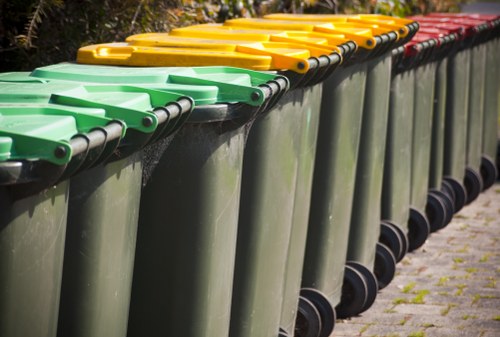
White Goods Recycling Process
The recycling of white goods involves several steps to ensure that materials are recovered and processed correctly. The process begins with the collection and transportation of used appliances to recycling facilities.
Once at the facility, appliances are disassembled to separate different components. Hazardous materials, such as refrigerants and electronic parts, are carefully removed to prevent environmental contamination.
The remaining materials, including metals, plastics, and glass, are then processed for recycling. Metals like copper and aluminum are melted down and repurposed, while plastics are sorted and recycled into new products.
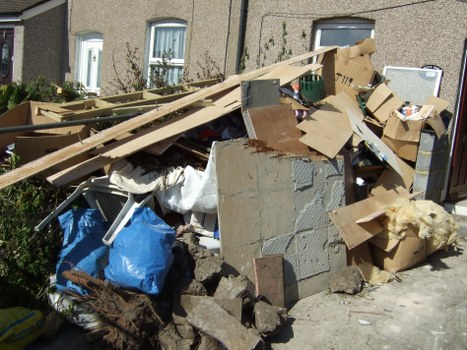
Benefits of Recycling White Goods
Recycling white goods offers numerous benefits for both the environment and businesses. Some key advantages include:
- Environmental Protection: Reduces landfill waste and conserves natural resources by reusing materials.
- Cost Savings: Lowers disposal costs and can generate revenue from recyclable materials.
- Compliance: Helps businesses adhere to environmental regulations and avoid potential fines.
- Corporate Responsibility: Enhances a company's reputation by demonstrating a commitment to sustainable practices.
By integrating white goods recycling into their waste management strategies, construction companies can achieve both economic and environmental goals.
Furthermore, recycling contributes to the reduction of greenhouse gas emissions by minimizing the need for new material production, which is often energy-intensive.
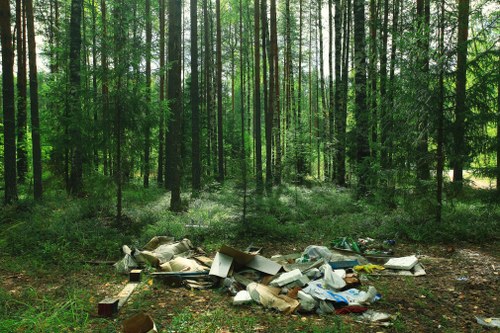
Choosing the Right Waste Clearance Service
Selecting a reliable builders waste clearance service is crucial for effective waste management. When evaluating potential providers, consider the following factors:
- Experience and expertise in handling construction waste.
- Compliance with local regulations and environmental standards.
- Range of services offered, including recycling and disposal options.
- Competitive pricing and transparent billing practices.
- Customer reviews and testimonials highlighting service quality.
Partnering with a knowledgeable and responsible waste clearance service ensures that your construction project maintains high standards of cleanliness and sustainability.
Additionally, a good service provider can offer tailored solutions to meet the specific needs of your project, optimizing waste management processes and enhancing overall efficiency.
Implementing Sustainable Practices
To maximize the benefits of builders waste clearance and white goods recycling, it is essential to implement sustainable practices throughout the construction process. This includes:
- Conducting waste audits to identify and quantify different types of waste generated.
- Training staff on proper waste segregation and handling techniques.
- Choosing eco-friendly materials and suppliers that prioritize sustainability.
- Incorporating recycling goals into project planning and execution.
- Monitoring and reporting on waste management performance.
By adopting these practices, construction companies can significantly reduce their environmental impact and contribute to a more sustainable future.
Moreover, sustainable waste management can enhance project management by streamlining processes and reducing delays associated with waste handling and disposal.
Technological Advancements in Waste Recycling
Advancements in technology have greatly improved the efficiency and effectiveness of waste recycling processes. Innovations such as automated sorting systems and advanced materials recovery facilities enable more precise segregation of materials, leading to higher recycling rates.
Additionally, the development of new recycling methods allows for the processing of previously non-recyclable materials, expanding the scope of waste management practices.
Investment in cutting-edge recycling technologies not only enhances operational efficiency but also supports the continuous improvement of sustainability initiatives within the construction industry.
Regulatory Compliance and Standards
Compliance with environmental regulations and standards is a critical aspect of builders waste clearance and white goods recycling. Regulations may vary depending on the region, but generally, they mandate proper disposal, recycling, and documentation of waste materials.
Staying informed about local laws and industry standards ensures that construction projects adhere to legal requirements, avoiding penalties and contributing to environmental protection.
Implementing robust compliance procedures, including regular audits and training programs, can help businesses maintain high standards in waste management practices.
Future Trends in Waste Management
The future of builders waste clearance and white goods recycling is poised for significant growth, driven by increasing environmental awareness and regulatory pressures. Emerging trends include:
- Greater emphasis on circular economy principles.
- Integration of digital technologies for waste tracking and management.
- Expansion of recycling capabilities to include a wider range of materials.
- Collaborative efforts between industries to enhance recycling infrastructure.
- Incentives for businesses to adopt sustainable waste management practices.
These trends are expected to drive innovation and efficiency in waste management, leading to more sustainable construction practices and reduced environmental impact.
Additionally, advancements in materials science may result in the development of more recyclable and eco-friendly construction materials, further supporting sustainability goals.
Conclusion
Effective builders waste clearance and white goods recycling are integral to sustainable construction practices. By implementing robust waste management strategies, construction companies can achieve cost savings, environmental benefits, and regulatory compliance.
Embracing recycling not only reduces the environmental footprint of construction projects but also contributes to the broader goals of sustainability and resource conservation.
Contact us today to learn more about our comprehensive waste clearance services and how we can help your project stay clean, compliant, and sustainable.